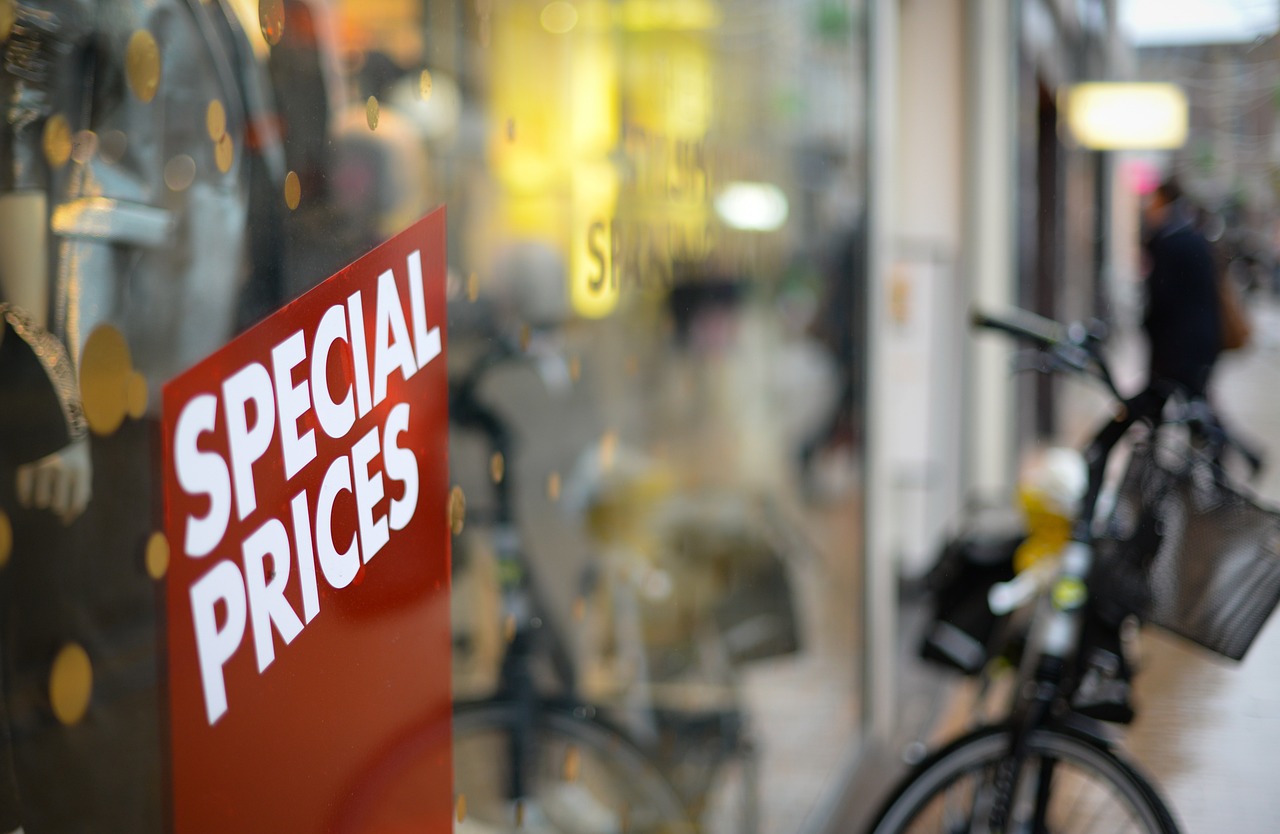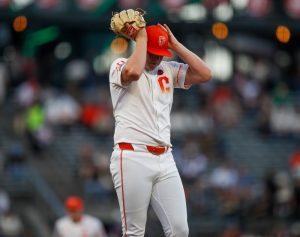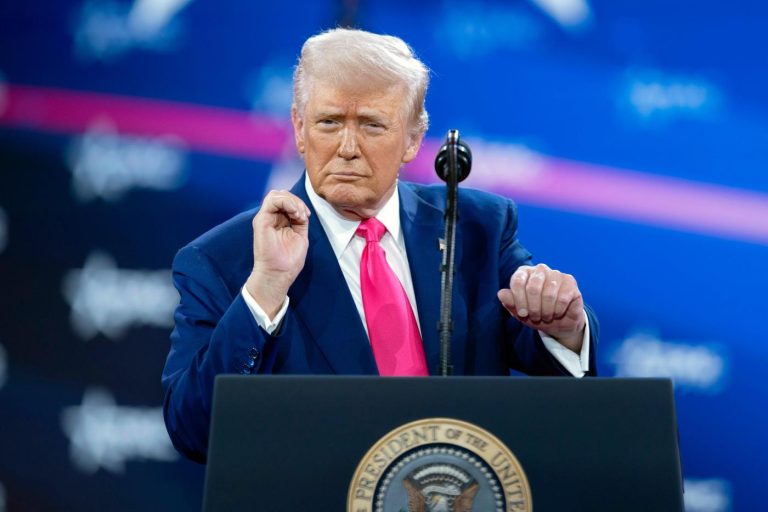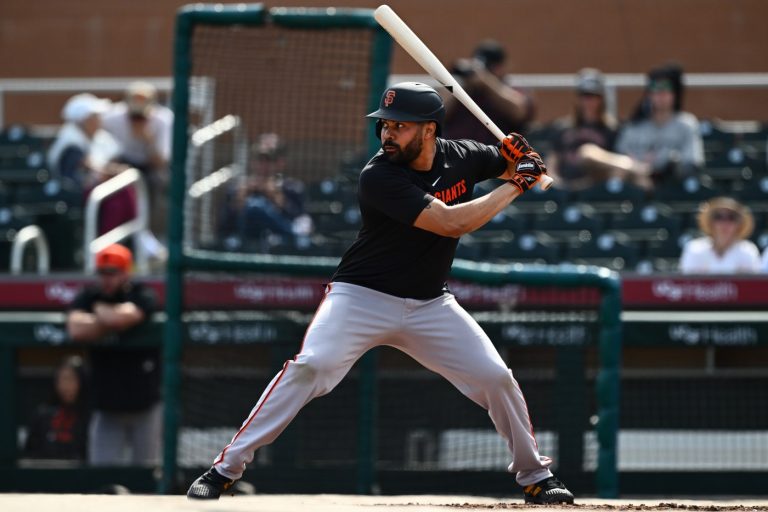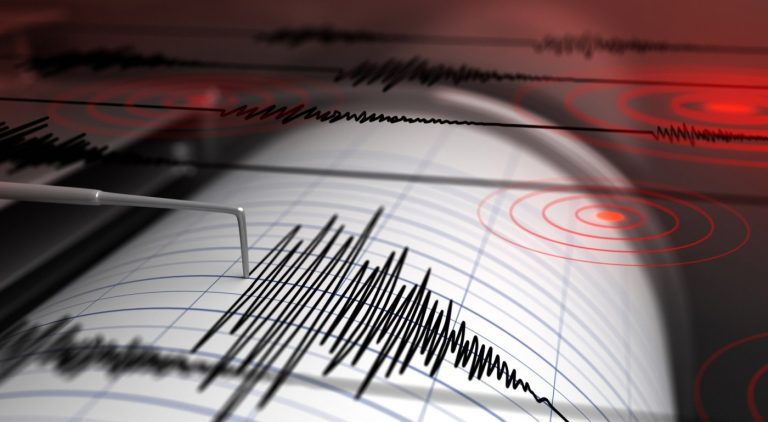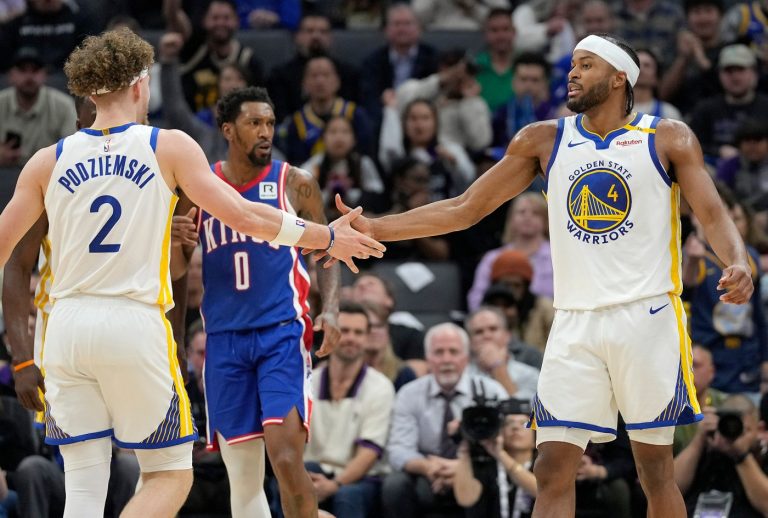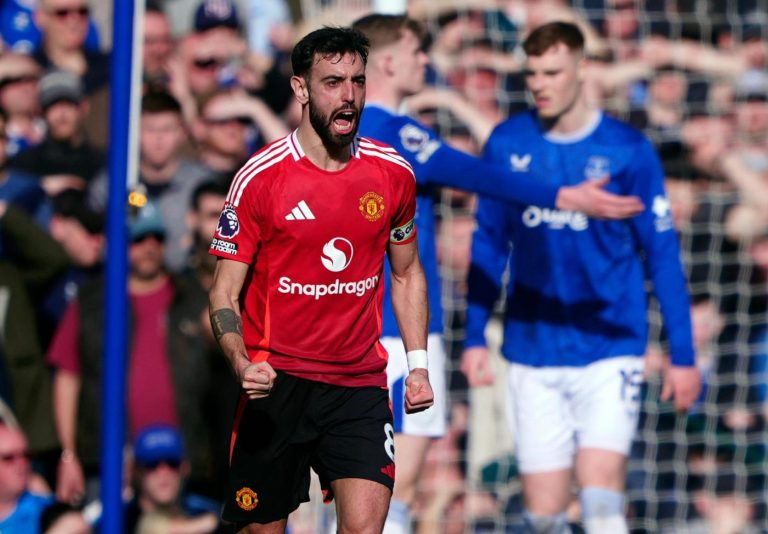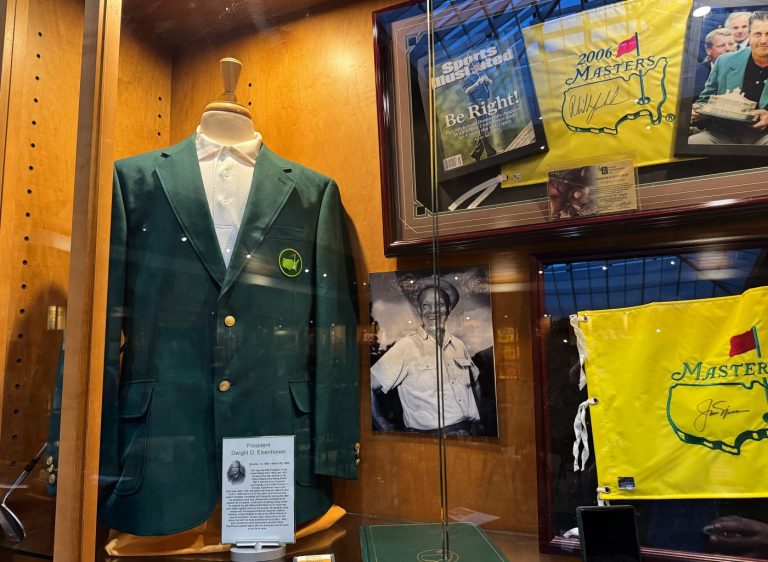Content oversight and quality assurance provided by Bay Area News Group.
Bay Area News Group advertising leadership oversees sponsored, native, and paid content on this platform, ensuring its quality, relevance, and helpfulness for our audience.
Articles attributed to this byline are authored by paying advertisers. The editorial team did not contribute to these pieces, and the opinions expressed do not necessarily represent those of the editorial staff. Refer to our partner statement to better understand the nature of the relationship.
The sponsor retains responsibility for the content and holds the copyright to their material.
SPONSORED CONTENT
Vilnius, Lithuania / December 12, 2024 / Many consumers believe they are scoring a great deal during Black Friday, Cyber Monday, or other major shopping events — but are they? A new study from Oxylabs, a leading provider of web intelligence solutions, reveals that over 70% of products in major U.S. marketplaces were actually more expensive on Black Friday compared to the week before.
Oxylabs tracked the prices of 61,172 products across two major U.S. e-commerce marketplaces from August 13 to November 29, 2024, using its Web Scraper API. The research focused on bestselling items across various categories, including video games, toys, electronics, home and kitchen appliances, sports and outdoor equipment, clothing, beauty products, and office supplies. Pricing data has been observed on an hourly basis.
“We set out to analyze how the prices of various products fluctuated in the lead-up to Black Friday. Contrary to the aggressive advertising of massive savings, many of the items we examined were actually priced highest on Black Friday. This suggests that relying on major shopping events for the best deals may not be the smartest strategy,” said Rytis Ulys, Head of Data & Analytics at Oxylabs.
In the first marketplace we analyzed, the discounted Black Friday price was the lowest price during the entire week prior to Black Friday in only 28% of cases. The remaining 72% of deals were not saving consumers any money. Looking into prices during the whole research duration, Oxylabs’ team found that about 1 in 10 products were cheaper or cost the same earlier this autumn.
The situation in the second analyzed marketplace was slightly better. The Black Friday deal’s price was the lowest during the entire week in 59% of cases. Looking back one month prior to Black Friday, the Black Friday deal’s price was the lowest price during that period in 86% of cases, while 14% were not actual “deals” from the consumer’s perspective.
The study also uncovered that many advertised “former” prices used in Black Friday promotions were not offered regularly three months prior to the sale. According to R. Ulys, this raises concerns about the possible violations of the laws surrounding false price advertising.
“While deceptive pricing manipulations are forbidden by law both in the U.S. and EU, it’s quite easy for sellers to evade detection. To protect consumers and ensure legal compliance, regulatory bodies must employ large-scale price intelligence strategies, utilizing advanced web scraping and data analysis technologies. However, these opportunities are often overlooked due to persistent misconceptions around web scraping,” R. Ulys explains.
He adds that regular consumers are in an even more difficult position to prove that a discount is deceptive, especially without access to an entire pricing history. “This leaves retailers free to display inflated prices and discounts that seem impressive, even when they aren’t truly significant.”
Oxylabs’ findings serve as a cautionary tale for consumers eager to take advantage of holiday sales. The research underscores the value of price tracking and careful shopping throughout the year rather than relying solely on major shopping events for the best deals.
About the research
Oxylabs monitored publicly available product data in two major U.S. e-commerce marketplaces using U.S. locations. To track pricing changes over time, Oxylabs monitored unique product page URLs, product’s original (reference) price, product’s price after the discount, the size of the discount, “Sold by” information (i.e., the seller), and sellers’ total rating counts. Out of 61,172 products Oxylabs monitored over the entire research period, 4529 met the required methodological criteria and were used for the final data analysis.
More info on the research could be found here.
About Oxylabs
Established in 2015, Oxylabs is a web intelligence platform and premium proxy provider, enabling companies of all sizes to utilise the power of big data. Constant innovation, an extensive patent portfolio, and a focus on ethics have allowed Oxylabs to become a global leader in the web intelligence collection industry and forge close ties with dozens of Fortune Global 500 companies. In 2022, 2023 and 2024, Oxylabs was named Europe’s fastest-growing web intelligence acquisition company in the Financial Times’ FT 1000 list. For more information, please visit: https://oxylabs.io/
Contact
Vytautas Kirjazovas (Head of Comms)
vytautas@oxylabs.io
